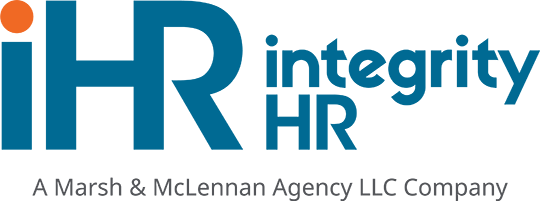Planning = Productivity
In the HR field where we have an emphasis on the people in our organizations it is often necessary to interact with your company’s’ management and employees to act as a productivity coach in order to lead them down the right path towards their professional development.
Maybe you’re having employee relations issues that are getting in the way of business. Perhaps you have employees with similar backgrounds whose performance levels are far from similar. Maybe you have a company whose people should be performing on a top level, but aren’t up to par with your expectations.
Today’s blog asks, are your employees planning? If you notice any of the above problems perhaps your employees simply need a bit of direction, and more importantly need to know how to discover that direction.
Here are 5 tips that will help you point them (or yourself) in the right direction.
Five Coaching Steps to Provide Direction
Even the simplest form of planning such as list making has been shown to improve productivity significantly in study after study. But there’s a problem. A lot of people aren’t natural planners.
Planning is time-consuming and sometimes we’re so tired we don’t think we have the brainpower for the task. Second, it’s detailed, and if you’re like most folks, we are detailed to death in our normal life. So yes, sometimes people don’t plan. It happens.
But what’s at stake if you don’t have a plan? Your job… or even your business. That’s what. Here are five simple planning steps to assist you or your employees with their planning process.
Step 1 — Identify your objectives.
Why do you need a plan, and who / what is it for? For example, is it for benchmarking, is it a simple process outline, is it a plan to communicate both internally with your employees and externally with your investors, is it a plan to initiate a new strategy, etc?
The objective of this step is to customize your writing to your audience. Once you’ve identified who is going to read your plan (remember it might not only be you), now you can start your outline.
Step 2 — Sit down and outline your plan.
Yes, sit down and think! Think about your needs and what you want to accomplish. Outline your goals. Begin by doing some creative thinking. Think to yourself, “what can I do to add value to my business.” You’d be surprised at what might come into your mind.
Let your mind flow and don’t hold back on any possibility. You can trim it down later.
Step 3 — Author your plan.
This is where it starts to come together. Organize your thoughts on paper and figure out what comes first, what comes next, what stays and what goes.
This is where you’re going to have to do a bit of research if your planning anything with detail. You may have a lot of unanswered questions. Now is the time to seek the answers.
Step 4 — Review, and seek input.
Here’s where an, advisor, colleague, or professional coach can be invaluable. Is the plan complete? Do others comprehend what your plan hopes to accomplish? Is it logical? Does it communicate to your audience effectively? Did you cover all of the bases (sometimes a third-party look is a great idea). If needed, can you easily present it to others so they will understand?
Step 5 — Rework your plan as needed – it’s a living document.
This is often a step people leave out. Recognize that your plan can and should evolve over time. Don’t just place it on a shelf (or your cluttered hard drive) and forget about it.
Remember that even if its a simple to do list, or a simple strategy to guide your month’s performance goals, it’s a guide for you – a map to where you’re headed and how you’re going to get there. Refer to it often. Keep it in front of your eyes as a constant reminder. Discuss it if applicable. The more employees, advisors, investors, and customers know about your direction, the more feedback you can get and the better you will perform.











